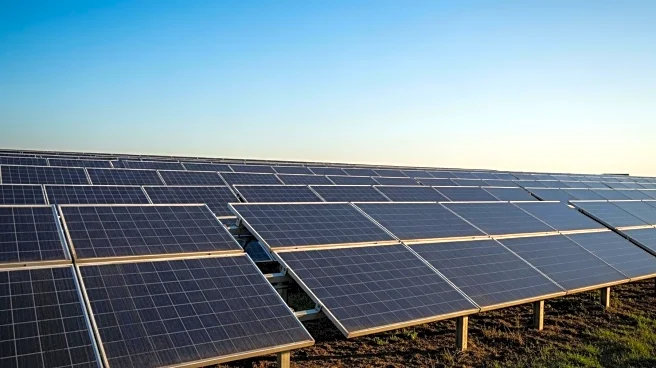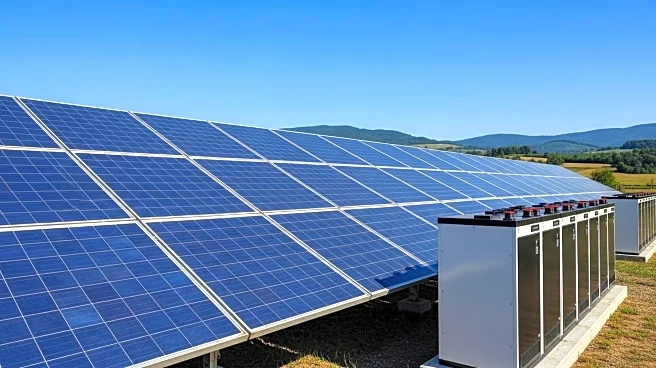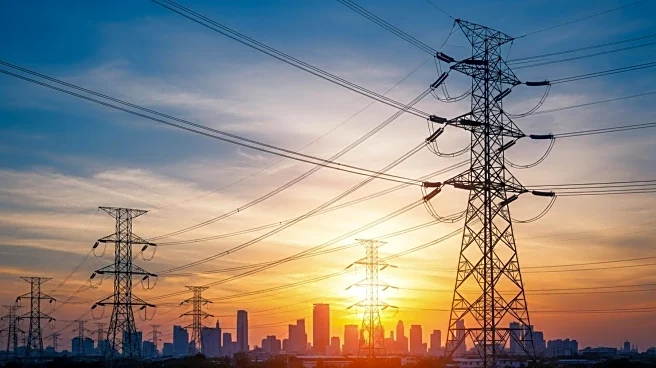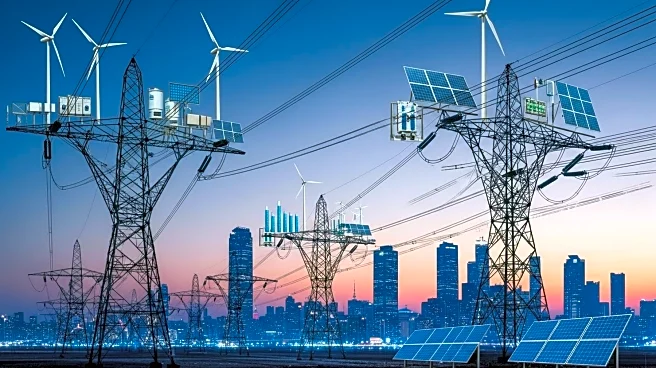What's Happening?
The U.S. solar industry is experiencing a significant bottleneck in engineering capacity, particularly for utility-scale projects, which accounted for 69% of new energy capacity additions in Q1 2025. The shortage of qualified engineers, especially those with experience as Engineers of Record (EORs), is causing costly redesigns and delays. This issue is exacerbated by the increasing size and complexity of projects, as well as compressed timelines. Some engineering teams are adopting digital platforms to streamline workflows and reduce costs, but the labor shortage remains a critical challenge.
Why It's Important?
The engineering bottleneck in the solar industry has direct financial implications, as delays and redesigns can significantly increase project costs. For instance, civil construction costs can vary widely, impacting the financial viability of projects. The shortage of experienced engineers also poses a risk to the timely execution of projects, which is crucial for meeting renewable energy targets and reducing carbon emissions. Addressing this bottleneck is essential for the continued growth and success of the solar industry, which plays a vital role in the U.S. energy transition.
What's Next?
To address the engineering bottleneck, the industry may need to invest in training and education programs to increase the pool of qualified engineers. In the short term, digital tools and platforms can help optimize workflows and improve efficiency. However, a long-term solution will require a concerted effort to attract and retain talent in the engineering field. As the industry moves towards larger-scale projects, scaling engineering capacity without compromising quality will be critical to meeting future demand.











